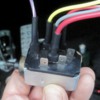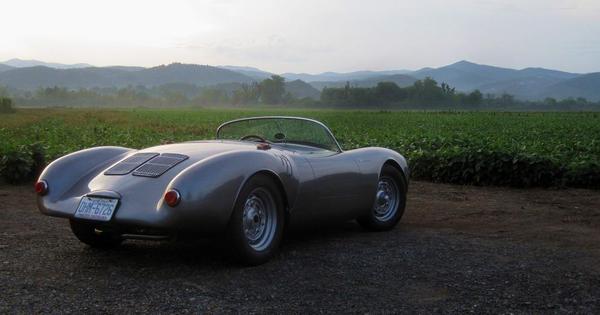Carlos, I posted about this when the heat from the dimmer finally burned up my switch.
I chose to do what Leon suggests - put a resistor in series with the dash lights to dim them. VS sent me a new switch, but it was the same low quality as the first, so I didn't want to risk using the dimmer circuit in it again.
Leon's right - you need a resistor with a very high wattage rating. I used a combination of four 8-watt resistors to distribute the heat.
There are a few different things contributing to the problem:
- First, my gauges came with five-watt bulbs - way too bright, and the six of them together use 30 watts - almost as much as an old school sealed beam headlight. One-watt bulbs would be more appropriate, but they're harder to find. LED bulbs sound like the best solution, and if you find the right brightness, you won't need to dim them.
- Original VW's had only two (or three) bulbs - a speedo and (later) a gas gauge. Our cars have six bulbs. More bulbs = more watts, more heat, and a lot more power to be dissipated through whatever you use to dim them.
- The switches on original VW's weren't made in China by the lowest bidder.
If you search here, you'll find a lot of threads about failed headlight switches. While it's a very good idea to add relays so that the heavy current for the headlights doesn't go through the headlight switch, I'm convinced it's the heat from the dimmer rheostat that makes most of our cheap, repop switches fail.






